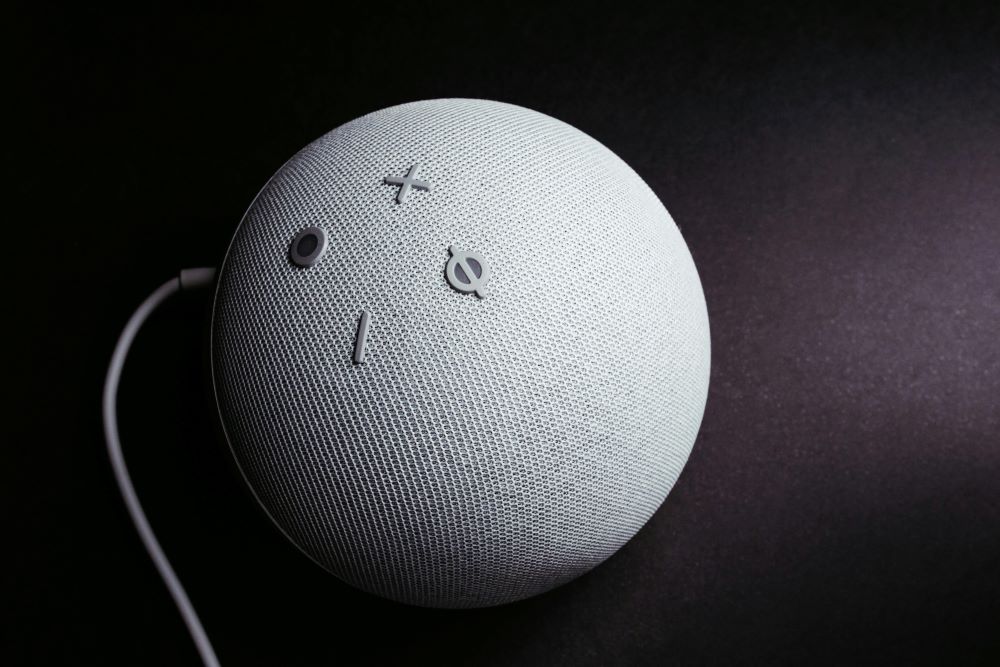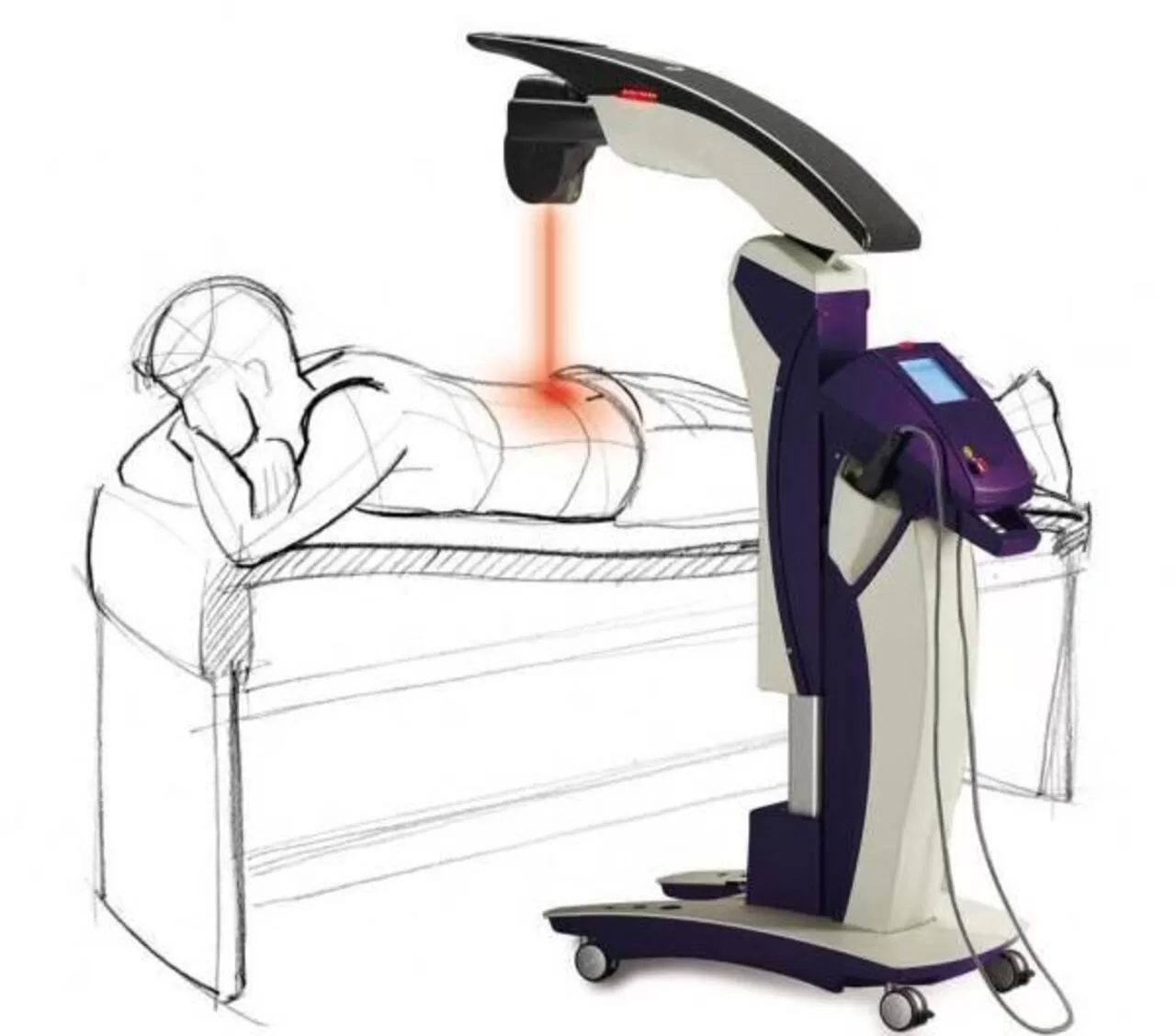Manufacturing cobots, also known as collaborative robots, are transforming the manufacturing industry with their ability to work alongside human operators. These robots are equipped with various parts that allow them to perform specific tasks with ease and efficiency. In this article, we will explore the main parts of a manufacturing cobot and their functions and benefits, providing a comprehensive overview of the critical components that make these robots so effective.
Primary parts of a Cobot
Manufacturing cobots, also known as collaborative robots, are revolutionizing the manufacturing industry with their ability to work alongside human operators. These robotic machinery are equipped with various parts that allow them to perform specific tasks with ease and efficiency. This article will explore the main parts of manufacturing cobot and its functions and benefits.
Controller
The controller is the brain of the robot, responsible for managing all of its functions and movements. Controller contains the robot’s software, programmed to execute specific tasks based on input. The controller also receives feedback from the robot’s sensors, which allows it to make real-time adjustments to the robot’s movements.
The benefits of a high-quality controller include faster processing speeds, more precise movements, and excellent reliability. With an advanced controller, a manufacturing cobot can perform complex tasks with ease and accuracy.
End Effector
The end effector is part of the robot that interacts directly with the workpiece. This could be a gripper, welding, cutting, or any other tool the robot is designed to use. The end effector is attached to the robot’s arm and is responsible for carrying out the specific task the robot has been programmed to perform.
The benefits of a high-quality end effector include greater accuracy and precision, faster cycle times, and increased flexibility. A manufacturing cobot can quickly and efficiently perform various tasks with the right end effector.
Sensors
Sensors are critical to the operation of a manufacturing cobot, as they provide the robot with information about its environment. There are several different types of sensors that a cobot may use, including proximity sensors, force sensors, and vision sensors.
Proximity sensors detect the presence of objects and help the robot navigate around obstacles. Force sensors measure the force being applied to the robot’s end effector, allowing it to adjust its movements accordingly. Vision sensors enable the robot to “see” its environment and precisely locate objects.
The benefits of high-quality sensors include improved safety, increased precision, and faster cycle times. A manufacturing cobot can work more efficiently and accurately with suitable sensors.
Power Source
Manufacturing cobots requires a reliable and efficient power source to operate. Most cobots are powered by electricity supplied through a cable connected to the controller.
The benefits of a high-quality power source include increased reliability and uptime, faster cycle times, and reduced maintenance costs. A manufacturing robot can operate efficiently without interruption with a reliable power source.
Actuators
Actuators control the movements of the robot’s joints and end effector. They convert electrical energy into mechanical energy, allowing the robot to move and perform its tasks.
The benefits of high-quality actuators include greater precision and accuracy, faster cycle times, and increased efficiency. With suitable actuators, a manufacturing cobot can perform complex tasks with ease and accuracy.
In conclusion, manufacturing cobots have various parts that allow them to perform specific tasks quickly and efficiently. A high-quality controller, end effector, sensors, power source, and actuators are all critical to the operation of a manufacturing cobot. With the right parts, a manufacturing cobot can work alongside human operators, improving productivity, quality, and safety in the manufacturing industry.
Related: Shark AI Robot Vacmop Pro Reviews and Everything that You Need to Know
Why are we so fascinated by robots?
People are fascinated by robots for a variety of reasons, including:
- Technological advancement: Robots represent some of the world’s most advanced and sophisticated technology, and people are naturally drawn to the cutting-edge innovations that robots represent.
- Potential for automation: Robots have the potential to automate a wide range of tasks, from manufacturing and logistics to healthcare and personal assistance. This has the potential to revolutionize the way we work and live.
- Science fiction and pop culture: Robots have been a staple of science fiction and pop culture for decades, from the friendly robots of Star Wars to the dystopian machines of Terminator. These portrayals have captured the imagination of people worldwide and contributed to the fascination with robots.
- Curiosity and wonder: Humans are naturally curious creatures, and the complexity and capabilities of robots are inherently fascinating. People are often amazed by the precision and intelligence of robots and want to learn more about how they work and what they can do.
- Fear and uncertainty: While many people are fascinated by robots, there is also a sense of fear and uncertainty about robots’ role in our society. Some worry that robots will take over jobs or threaten human safety, while others are concerned about the ethical implications of creating sentient machines.
Overall, people are fascinated by robots because they represent a new frontier in technology and have the potential to change the way we live and work in significant ways. While there is still much to learn about robots and their role in society, the fascination with these machines will likely continue for years.
Read also: The Robotic Era: How Will It Affect Amazon’s Employees In 2023?




